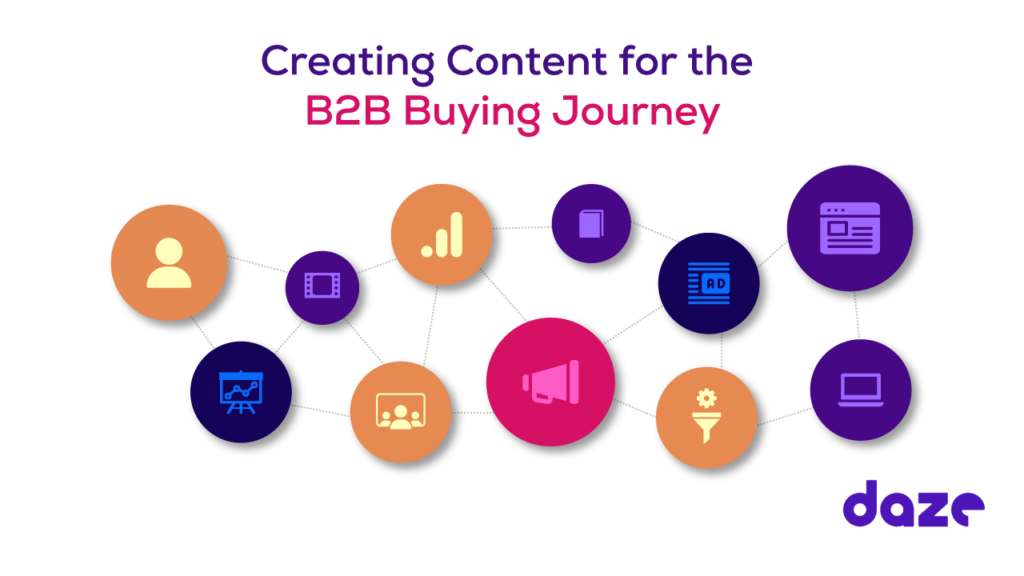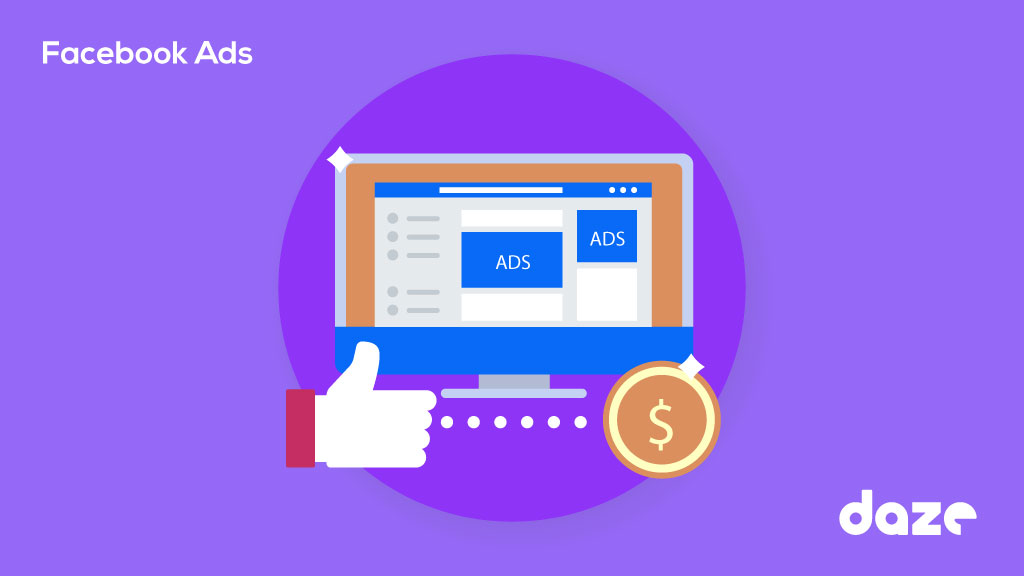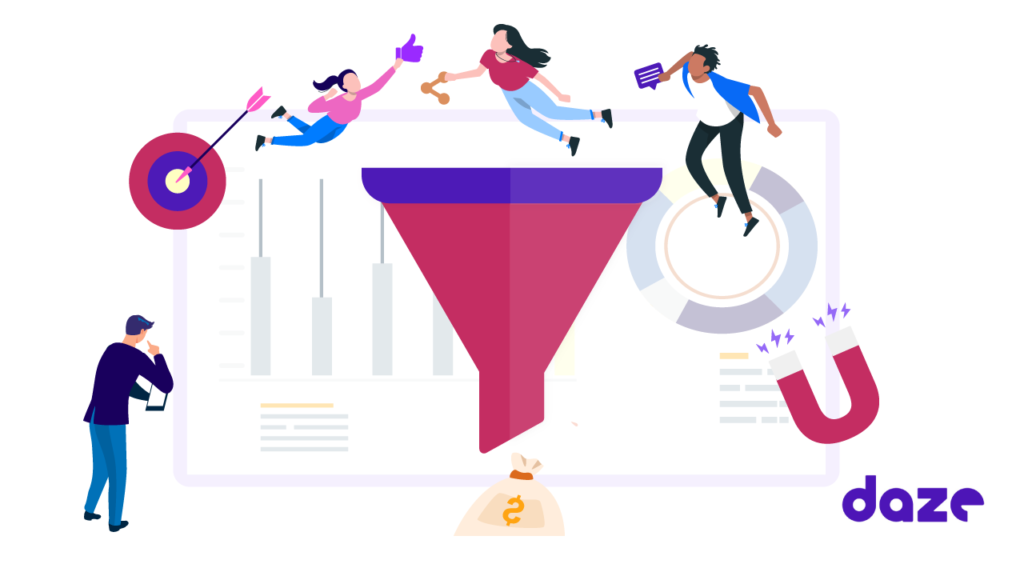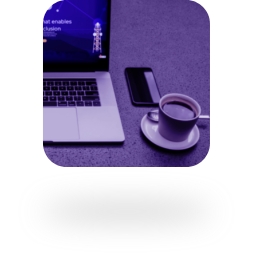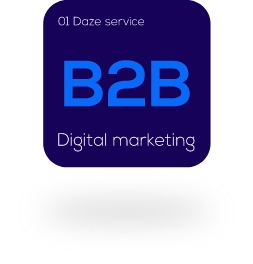Selfies and viral posts? They’re a thing of the past.
LinkedIn made significant changes to its algorithm, prompting a rush of chatter across the digital marketing world. Some LinkedIn users reported noticeable declines in post engagement. Twitter, Reddit, and other channels were filled with panicky discussions about the future of their LinkedIn success.
So, are the LinkedIn algorithm changes a cause for panic? No.
Will you be impacted? Yes.
In this article, we’ll unpack LinkedIn’s latest algorithm updates. You’ll learn how the algorithm changes can empower your performance and that you have nothing to fear.
What Changed?
- It will no longer be possible to manipulate the system to push your content to the top.
- Content from first-degree connections will be prioritized so that you see it in your feed before you see other posts.
- Advice posts will take second place to relevant, informative content that shares insights backed by experience and knowledge.
What Prompted The LinkedIn Algorithm Changes?
The LinkedIn Brand
How do you grow your business in a competitive marketplace?
- You differentiate your business from the crowd.
- You focus on your industry vertical and build all your marketing collaterals around it.
You don’t want your customers to be confused about what you offer or be unable to tell the difference between you and your competitor.
LinkedIn is no different. Their goal is to be the premier social platform for business. LinkedIn wants to look like LinkedIn and not Facebook or TikTok.
For various reasons, the lines between LinkedIn and other social media channels began to blur.
According to Dan Roth, LinkedIn’s editor-in-chief, LinkedIn’s posts became more personal during the pandemic. Over time, LinkedIn started to look more like Facebook. Users were even embedding posts from Twitter and other platforms.
Now, the algorithm will suppress these posts, allowing your feed to again fill with insights, thought leadership, and useful content.
What does this mean for you?
This change is good news for you. You’re on LinkedIn because it’s the place to grow your business. You want to share your knowledge. Your goal is not to go viral. Your goal is to reach your target audience and achieve your business objectives.
No Manipulating The System
Before the LinkedIn algorithm changes, posts that netted a lot of comments would be amplified. So, the goal became to get as many comments as possible. Users joined engagement groups, agreeing to comment on each other’s posts to boost their visibility. But, it didn’t mean that the content was relevant or shared knowledge that would be helpful to the LinkedIn audience.
Now, only if your post receives meaningful comments, not just “great,” “true,” or “awesome,” is it likely to be promoted by the algorithm.
Secondly, the algorithm will look to see who is making those comments. Suppose your post is about B2B marketing, and it receives lots of meaningful comments from B2B marketers. In that case, the system will determine that your post shares knowledge and advice that is helpful to the B2B community.
Thoughtfully responding to your comments (not just saying “thanks”) will also prompt the system to show your post to more people.
LinkedIn Algorithm Changes: A Focus On Knowledge And Advice
One of the most significant LinkedIn algorithm changes intends to ensure that users only see posts that contain knowledge and advice.
So, how will the algorithm know if your post contains genuine knowledge and advice?
Does your post speak to a specific audience?
Before you post, you always want to have one person in mind. Who is that person? Who are you trying to reach? What do you want them to know? For example, a post about generating highly targeted leads would be shown to users in the B2B marketing and sales community.
Are you writing in your core area of expertise?
Let’s say you’re the CEO of a tech company, and you publish a post about how to be the best fashion designer. The system will flag your post as outside your core area of expertise.
How will it know?
One of the great features of LinkedIn is your profile. This is where you amplify your experience and knowledge. The algorithm will suppress if there’s no match between your skillset and your post. Or, if you haven’t had any success with previous posts about how to be a fashion designer, the system will detect that it’s not high-quality content.
According to Roth, LinkedIn isn’t looking to reward virality. The platform wants you to think less about reaching a lot of people and more about reaching the right people.
How To Make The LinkedIn Algorithm Changes Work For You
Know Your Audience. Create content that answers your target audience’s questions, responds to their pain points, and speaks their language.
Write In Your Core Area Of Expertise. The LinkedIn algorithm will determine if you are an authority on the subject matter of your posts. Since your goal is to develop yourself as a thought leader in your industry, you’ll want to stay in your lane to build trust in yourself and your company. Writing in your core area of expertise also ensures that the LinkedIn system promotes your content.
Ask Leading Questions To Generate Meaningful Engagement. Use your posts as an opportunity to initiate in-depth discussions on the leading topics in your industry. You might even offer a controversial POV (based on your expertise) to generate responses from your audience.
Respond Thoughtfully To Comments. Use comments to engage and build meaningful relationships with your followers. Additionally, the more interaction on your post, the more LinkedIn’s algorithm will amplify it.
Share Insights and Advice, Not Your Opinion. LinkedIn’s algorithms scan for content that showcases unique perspectives and insights. Your target audience is not really interested in your opinion. Everyone has opinions. They want to hear your perspective and insights, based on your experience and knowledge.
Bottom Line
LinkedIn’s algorithm changes are nothing to fear.
Each change not only makes the LinkedIn platform better but your ability to reach your goals is enhanced.
Your followers will see your posts, and you’ll have more opportunities for meaningful interactions, resulting in business growth.
It’s a win-win for everyone.





